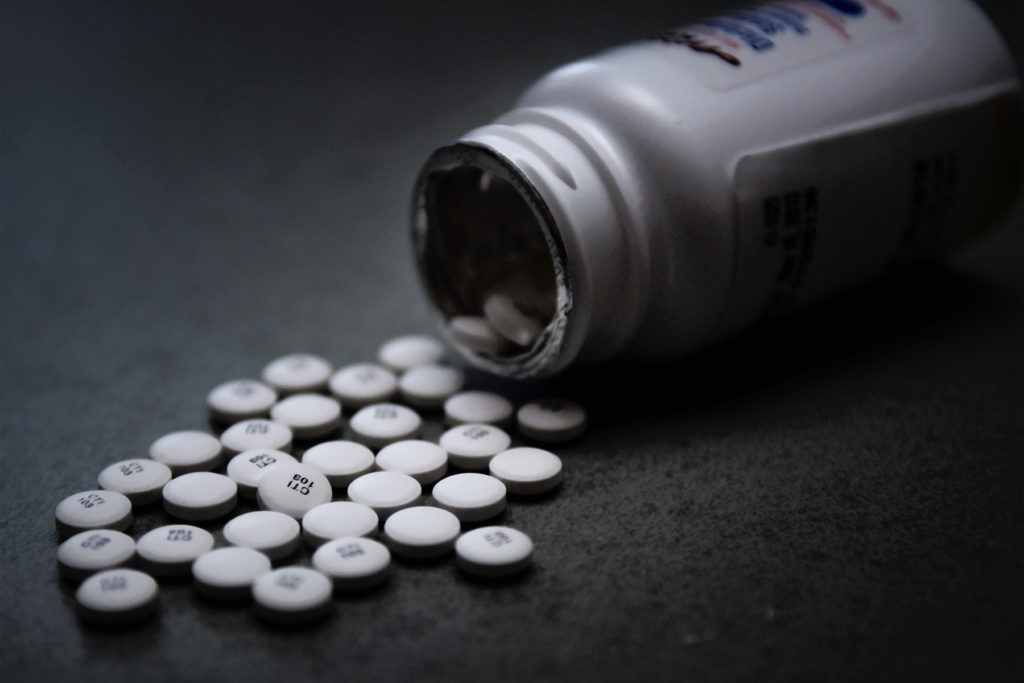There are two crises occurring in America that demand our attention.
The first involves substance abuse. In 2015, 27 million people reported that they used illegal drugs or abused prescription drugs. More Americans are dying per year from drug overdoses — over 60,000 people last year — than from traffic accidents or gunshots. The biggest killer? Opioids. One survey shows that millions of Americans are using opioids for nonmedical reasons each month. So many people are using and abusing these pain killers that a White House panel recently labeled it a “national public health emergency.”
The second involves a massive glut of prime working-age Americans — those who are 25 to 54 years old — who have dropped out of the workforce. There are 7 million prime age men alone no longer looking for work. America has the lowest workforce participation rate for prime age men of any developed country besides Italy. The situation is grim for women too. Current work rates for prime age women have fallen back to where they were a generation ago in the late 1980s.
Tragically, these two crises are interrelated.
Almost half of the 7 million prime working-age men who have dropped out of the workforce report that they take pain medication. Among those who collect disability benefits, rates are much higher.
You might be asking yourself: How is it that people who are unemployed can pay for pain killers?
The answer is that you, me and our neighbors are bankrolling them with our tax dollars.
Here is how it works, as described by Sam Quinones in his book Dreamland: The True Tale of America’s Opiate Epidemic:
[The Medicaid card] pays for medicine—whatever pills a doctor deems that the insured patient needs. Among those who receive Medicaid cards are people on state welfare or on a federal disability program known as SSI. . . . If you could get a prescription from a willing doctor…Medicaid health-insurance cards paid for that prescription every month. For a three-dollar Medicaid co-pay, therefore, addicts got pills priced at thousands of dollars, with the difference paid for by U.S. and state taxpayers. A user could turn around and sell those pills, obtained for that three-dollar co-pay, for as much as ten thousand dollars on the street.
So, we have highly addictive pain killers, millions of Americans — many of whom are out of work — who use and abuse them, and we are subsidizing their addiction.
The tragedy of substance abuse has a series of terrible effects.
First is the heartbreaking devastation that drug addiction wreaks on individuals and their families. The unbearable suffering of our fellow Americans cannot be measured. In a time in which family breakdown has already grown to chronic levels, drug addiction simply adds to the strains this places on families and communities. It is a societal disaster.
Second is the macro impact that drug addiction has in terms of our economic dynamism. Simply put, drug addiction kills our drive and entrepreneurial spirit. Economists argue that the opioid crisis is reducing the number of people looking for jobs. There are all sorts of negative consequences to leaving the workforce for individuals, their families and communities. Among those who are employed, some businesses are reporting decreased productivity due to opioid usage or family problems created by relatives who use.
One study suggests that unemployment positively correlates with opioid deaths and overdoses – that is, higher unemployment rates equal more opioid-related tragedies. Could it be then that the employment picture is not as rosy as we think? Remember, the unemployment rate we hear in the news does not count the millions of people who are no longer looking for work. If the last economic crisis resulted in hundreds of thousands or even millions of people who turned to pain killers and are no longer seeking out work, today’s lower unemployment rates years later may be masking a drug-related crisis.
Morally, the opiate crisis is a blight on our nation’s soul.
To solve this crisis will require major efforts on prevention and treatment that span from caring and generous everyday Americans, to churches and other spiritual institutions, to doctors, and policymakers.
The stakes are too great not to do everything we can to cure this epidemic.
Americans should demand nothing less.

